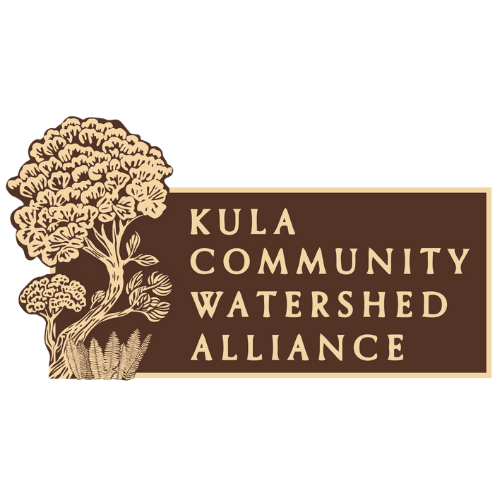Mulch the Gulch!
Weʻd like to share some details about our restoration process, and let our supporters know what their donations will make possible in this first phase of our post-fire restoration project.
With over 200 acres burned across dozens of parcels of land, located on steep slopes in a residential neighborhood, how do we begin a restoration project of this magnitude? The first, crucial step is to STABILIZE the damaged, disturbed soil in the places that need it most, before the winter rains come.
What happens to the soil after a fire?
In a area like ours that burned for days, not only is the vegetation gone, but the roots are burned to ash, and the soil has become extremely loose and hydrophobic–a consistency similar to talcum powder. (In some areas, the powder is at least a foot deep.)
Wildfire not only mechanically changes the soil, it chemically changes it. During the fire, gasses from the burning vegetation penetrated the soil profile, and as the soil cooled afterward, the gas condensed and formed a wax coating on the soil. Water then cannot percolate into the soil profile. This makes the land extremely prone to run-off and erosion events, and makes the soil unfavorable for plant health and seed germination. It even makes it difficult for the roots of surviving plants to obtain moisture.
So what can we do about it?
Those who know our area have seen that Upper Kula has plenty of woody biomass, most of it invasive, harmful to soil health, and fire-prone. We have community green waste collection happening consistently with downed trees from the storm (shout out to Kula Hub!), we have many large stands of invasive Black Wattle and Eucalyptus posing a fire risk close by, and we have a land restoration model to follow at Skyline Hawaii, just a mile up the gulch from our burned area.
Along with our advisors, we considered the resources available, fire mitigation needs, and the conditions to support the land‘s long-term health, the solution was easy: wood chips! Mulching with course-textured wood chips is one of the most common post-fire management techniques, and has been widely studied at the global scale. Of all of the organic mulch types out there, course wood chips are the least flammable, and the material is the most readily available right here in Kula. Our first two project sites encompass 7 acres of burned area (which equals a LOT of chips), with more sites to come. We have more than enough material to work with, all of it within 5 minutes of the burn site. And as we use this material to stabilize the soil, we are protecting Kula from future fire events.
Importantly, when chipping invasive trees, we must take care to chip BEFORE the trees begin flowering (which would mean seeds are not far behind). The last thing we want to do is spread more invasive trees! As luck would have it, the timing works in our favor and the Black Wattle we are chipping now have not yet begun to flower.
Following the recommendations of the Burned Area Emergency Response (BAER) team and recommended practices of the Natural Resources Conservation Service, our burned areas will be covered in a 4-inch layer of chips, which will immediately absorb rain water (instead of it sheeting off and contributing to erosion), and will quickly begin to decompose and become a home for beneficial fungi, laying the groundwork for new plantings. In addition, the wood ash layer currently on the ground is very alkaline, which can assist in balancing Kula‘s acidic soil pH. We‘ve run some tests on the burned soil within the last month, and used a test-plot with wood chips, and are noticing the difference right away.
A test plot done in September in a burned Black Wattle forest with Wattle chips and Eucalyptus log erosion barriers
Site prep (with LOTS of chips!) on two high-priority properties totaling 10 acres is set to begin in mid-October, and we‘ll continue to share updates and progress as we go. In the meantime, we invite anyone in support of Kulaʻs recovery to help us keep our boots on the ground.
Mahalo nui for those who have already contributed.




